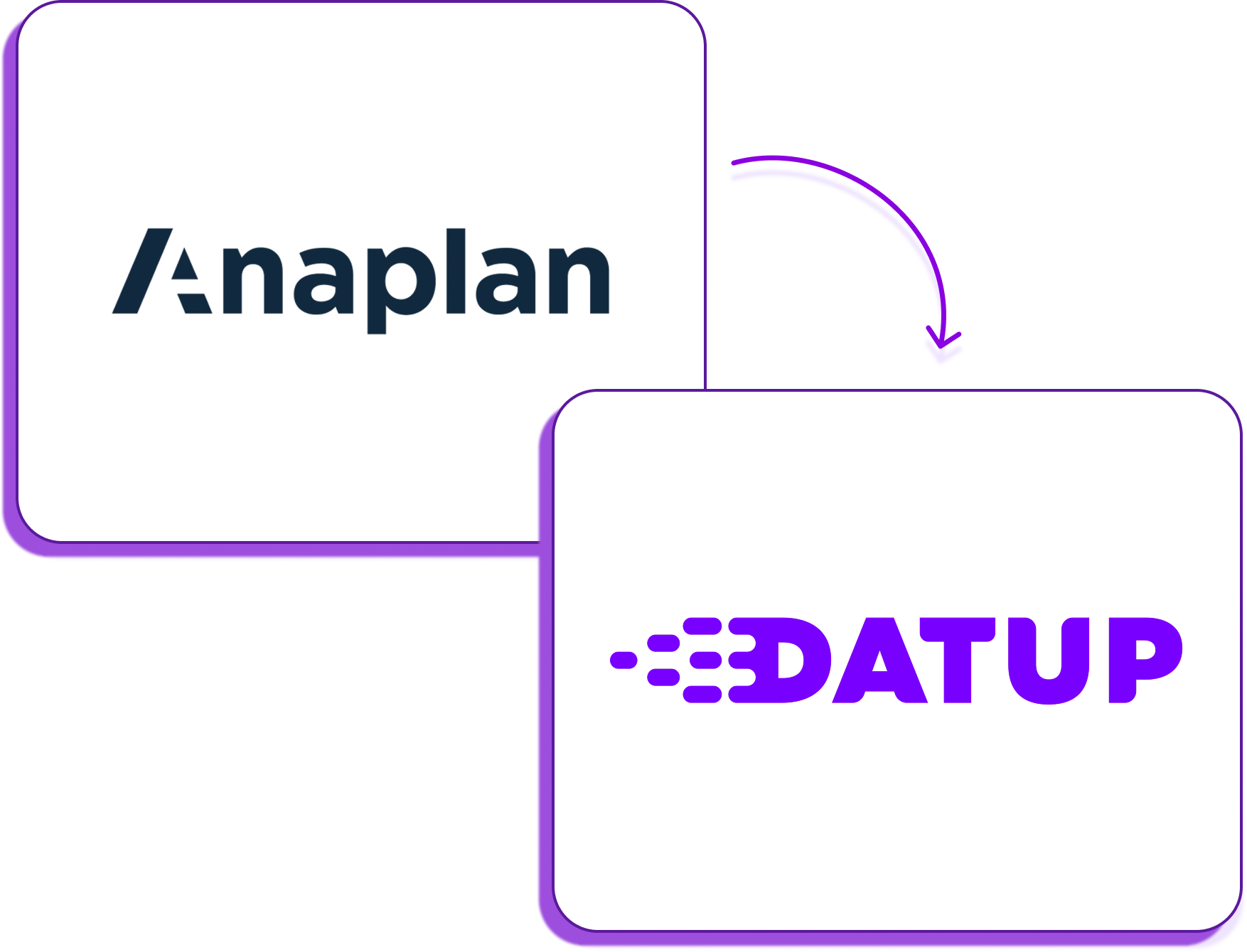Talk to an expert

Anaplan is a software that integrates and complements planning, financial and forecasting processes in a single tool. It is described as the balance between applications and analytical tools. Its modules include demand planning, marketing, supply chain management, and human resources.
Datup is a Supply Chain Analytics platform with AI that optimizes demand and inventory planning for large companies. It has demand forecasts of up to 95% accuracy, inventory optimization with intelligent suggestions considering business rules, optimized distribution of inventory between stores and warehouses in multiple locations. It has a fast implementation (<8 weeks), which considerably increases the ROI of hiring in the short term.
.jpg)
Anaplan you can plan demand driven by AI-powered analysis. Anaplan's demand planning section also includes real-time demand detection, management of commercial promotions, demand forecasts with AI and Machine Learning, and collaborative planning with other teams.
On the other hand, Datup It has the module specialized in demand planning which generates multiple forecasting scenarios driven by AI and Machine Learning models, with up to 95% accuracy, considering +200 external variables, integrating with different sources of ERP, WMS, CRM, TMS or whatever your business needs.
Anaplan has Integrated Business Planning (IBP). This connects demand forecasting, inventory optimization and supply chain management for comprehensive decision-making.
On the other hand, Datup throughout its different modules (Portfolio Classification, Demand Planning, Inventory Management and Distribution Optimization), it unifies supply chain decisions from start to finish, connected planning with inventories, operations, sales and finance. Free up trapped capital and raise service levels with intelligent suggestions based on your real-time operation.
Anaplan helps you plan and manage supply from start to finish. It allows you to collaborate on planning with the teams involved in real time, with access to hypothetical scenarios that help with optimized decision-making.
On the other hand Datup has AI-driven sourcing capabilities. You can also plan sourcing collaboratively with key teams, but it also makes intelligent suggestions for choosing where and when to replenish, based on accurate forecasts made with AI and Machine Learning.
Anaplan facilitates the management and optimization of inventories with tools that monitor stocks in real time, create hypothetical scenarios to reduce stock failures, and optimize the useful life of perishable products.
With Datup, you access an inventory optimization system that instantly monitors any breakage or excessive accumulation, providing suggestions based on sales forecasts to prevent problems.
The software defines when and how much to buy, analyzing supplier waiting times and your business policies. If you manage multiple points of sale or warehouses, recommend the most efficient distribution of stock to save on storage and improve cash flow.
In addition, it continuously calculates the level of safety stock required for each reference and allows us to establish strategies adapted to the profit, the speed of sale and the importance of the product.
We identify the most efficient type of integration for your operation (API, Data Warehouse or files) and connect directly to your system or other key sources.
We extract data from your system, structure it according to your operation, and train our AI models to deliver accurate and actionable recommendations.
We provide you with ready-to-use dashboards, with clear and actionable information. We validate with your team that the recommendations fit the operational reality and fine-tune the last details.